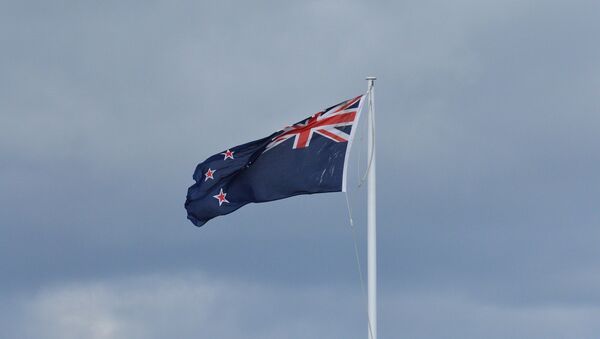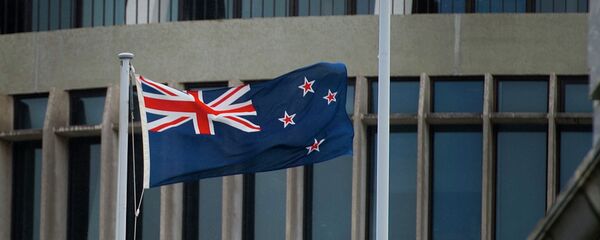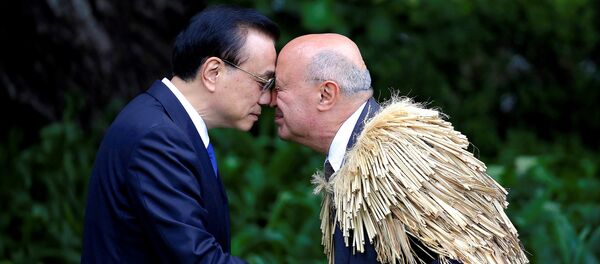Kristian Rouz – After New Zealand’s National Party won the majority of the votes in the recent election, the national economy has been subject to broad reforms, as its most prominent sectors have likely peaked out. The National Party, however, will have to block with the right-wing populist NZ First to form its cabinet, which means the economic overhaul will follow the blueprints of the Trump’s supply-side reforms in the US and the Tory-led pivot to domestic output in the UK.
Prime Minister Bill English and his National Party won 46 percent of the vote, which is above the combined support for their left-wing opponents, the Labour Party and their allies from the Green Party. A deal with Winston Peters, a populist leader of NZ First, will allow English to form a stable administration, which is poised to take on economic reform.
The New Zealand economy, despite in solid shape, is underperforming. Its Q2 growth fell in line with previous forecasts, but the nation’s biggest lender says its growth drivers are showing signs of wear. ANZ Bank is expecting central bank rate cuts, combined with tax cuts on the fiscal side.
"We're past peak construction, we're at peak migrant and we're probably at peak tourist," Cameron Bagrie of ANZ said. "When the pro-cyclical parts of the economy come off the boil you're just not going to get a big excess demand story that's going to lift core inflation."
In Q2 the Kiwi economy accelerated, yet the pace of expansion is rather subdued, at 0.8 percent, or 2.5 percent year-on-year. The economy could have performed better, experts say; manufacturing and domestic consumption led the gains, whilst other sectors showed rather sluggish dynamics.
The Reserve Bank (RBNZ) base borrowing costs are low, yet they are hardly providing any visible support to domestic lending. The RBNZ official cash rate is now 1.75 percent, and it has been unchanged since the last 0.25 percent cut in September 2016.
“Economic growth needs to pick up on a sustained basis in order for the RBNZ to be confident domestic inflation pressures will return to target,” Nick Tuffley of Auckland-based ASB Bank said. “While capacity constraints are evident in some sectors such as construction and parts of tourism, there is little evidence of capacity constraints or strong demand growth elsewhere in the economy.”
The main challenge the Kiwi economy has been facing is the 0.8 percent decline in primary industry production, or agriculture, in Q2. New Zealand has long been reliant on its food exports, and a declining beef and sheep output, as well as mounting pressures on its dairy industry are hardly encouraging.
Construction fell as well, by 1.1 percent, whilst exports still increased by 5.2 percent.
The new cabinet will have to react quickly to the possible changes in monetary policy. RBNZ has a policy meeting on Thursday, and many believe the rates will remain unchanged, giving the newly formed cabinet a breather to come up with a solid fiscal plan.
"I think the fiscal policy is going to be a lot looser than what's being openly acknowledged at the moment," ANZ’s Bagrie said.
The government is poised to enact new fiscal measures as soon as April 2018, decreasing taxes and cutting budget spending. National’s leader and PM English indirectly confirmed such a perspective, saying the fiscal policy will focus on supporting the emerging and key sectors of the economy, ensuring a quicker pace of economic expansion.




